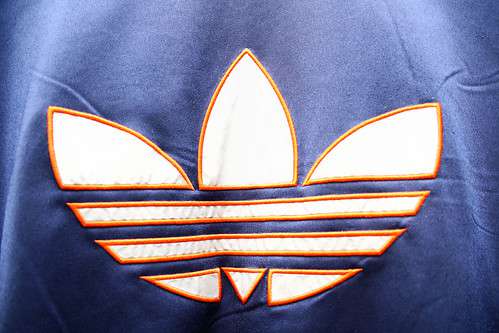
Innovative new dye technologies are reducing dependence on scarce natural resources and protecting our water supply. Image Source: Unsplash user Griffin Keller
Textile dyeing is one of the oldest art forms in existence, dating back to at least the Neolithic period. Since that time, dyeing methods have become infinitely more sophisticated, allowing us to create an astounding array of hues using both natural pigments from plants, insects, and clays and artificial dyes concocted in the most high-tech labs. However, some of the most revolutionary advancements in dyeing are just now beginning to enter the marketplace. In response to growing concerns about the environmental impact of traditional, water-heavy dyeing processes that create extraordinary amounts of pollution, ColorZen and DyeCoo have introduced ways of dyeing fabrics using little or no water while drastically reducing energy consumption and minimizing use of toxic chemicals. Although still in their infancy, these exciting dye technologies could be the way of the future and fundamentally change the way the textile industry—which currently has “one of the largest water footprints on the planet”—functions.1

Dyeing methods that use minimal or no water could offer significant protections to lakes, rivers, streams, and oceans, protecting wildlife and public health with guarding against water shortage. Image Source: Pexels user Terry V. Artt


